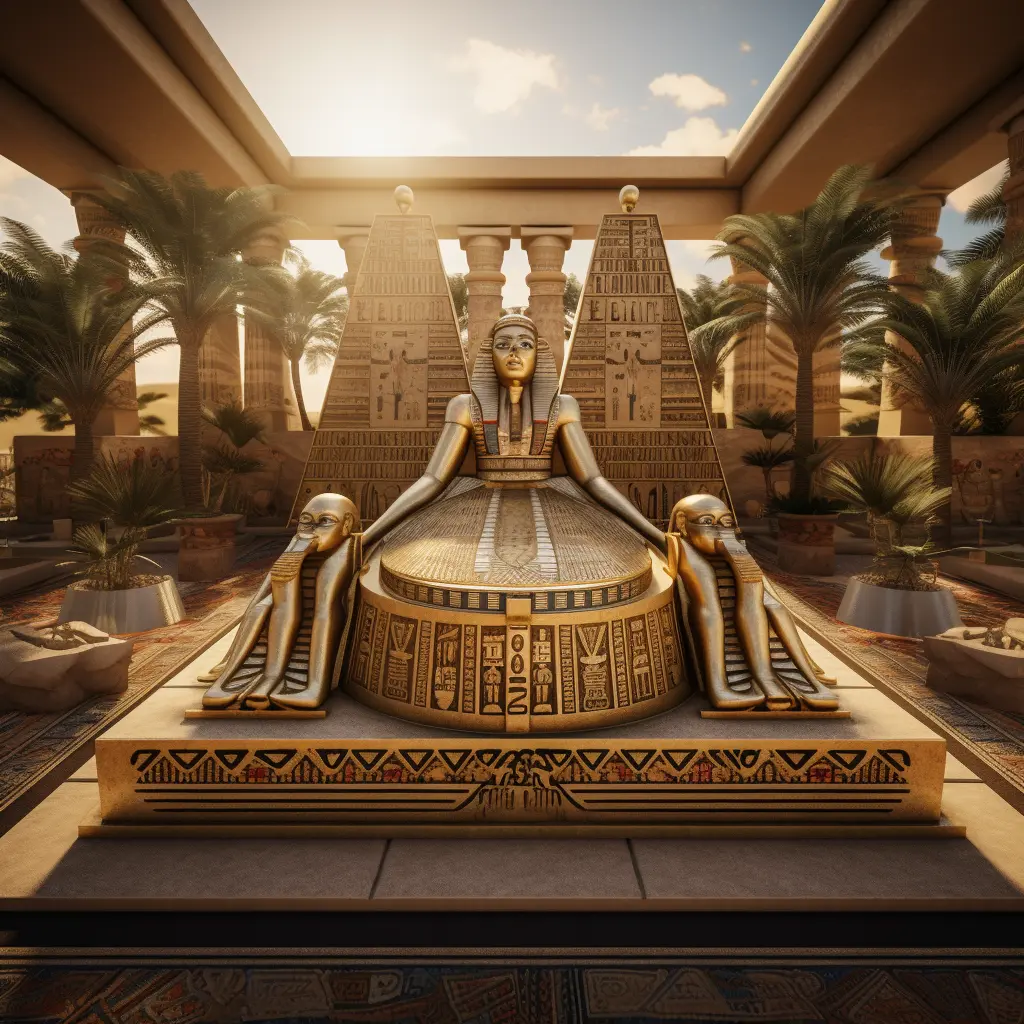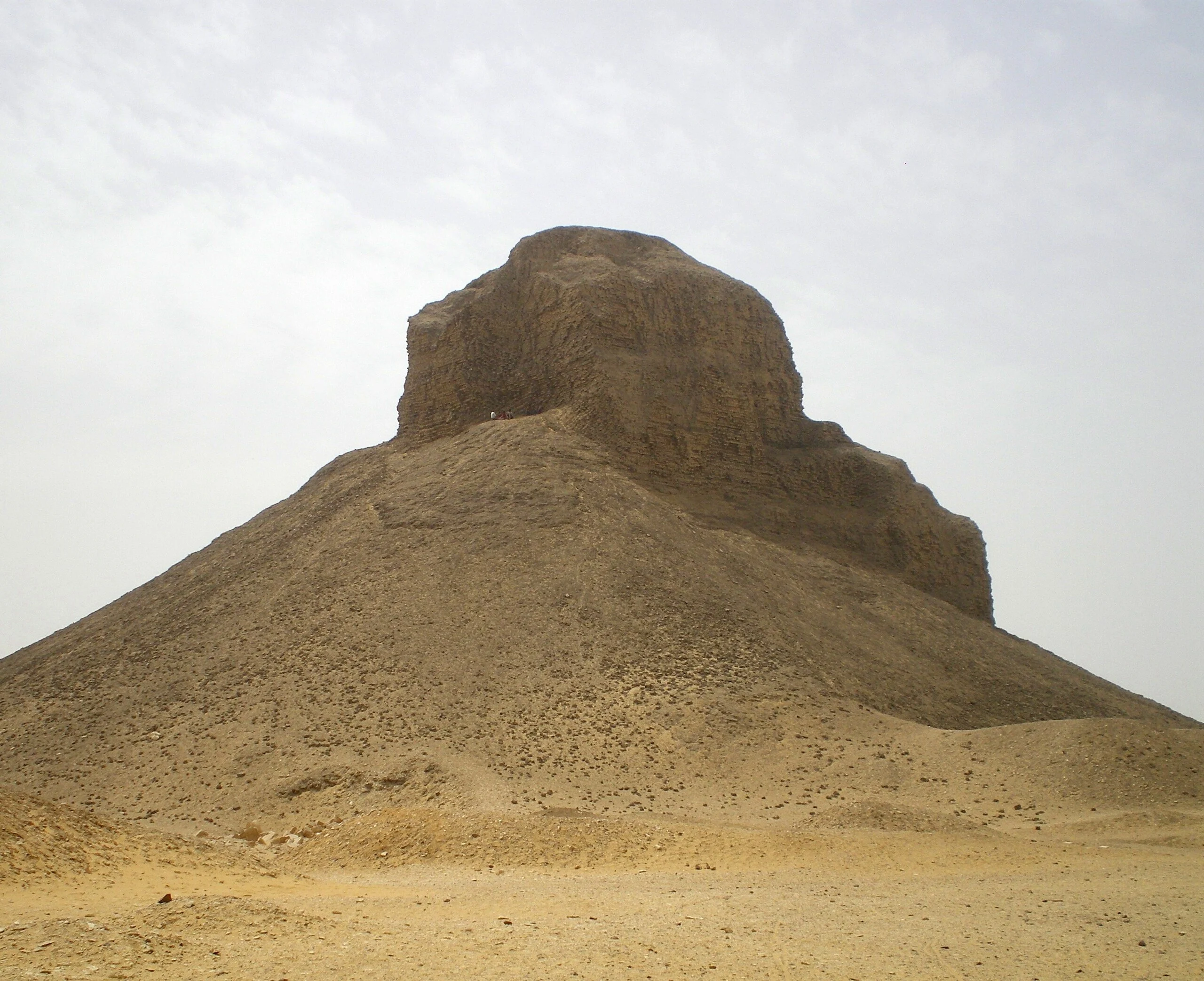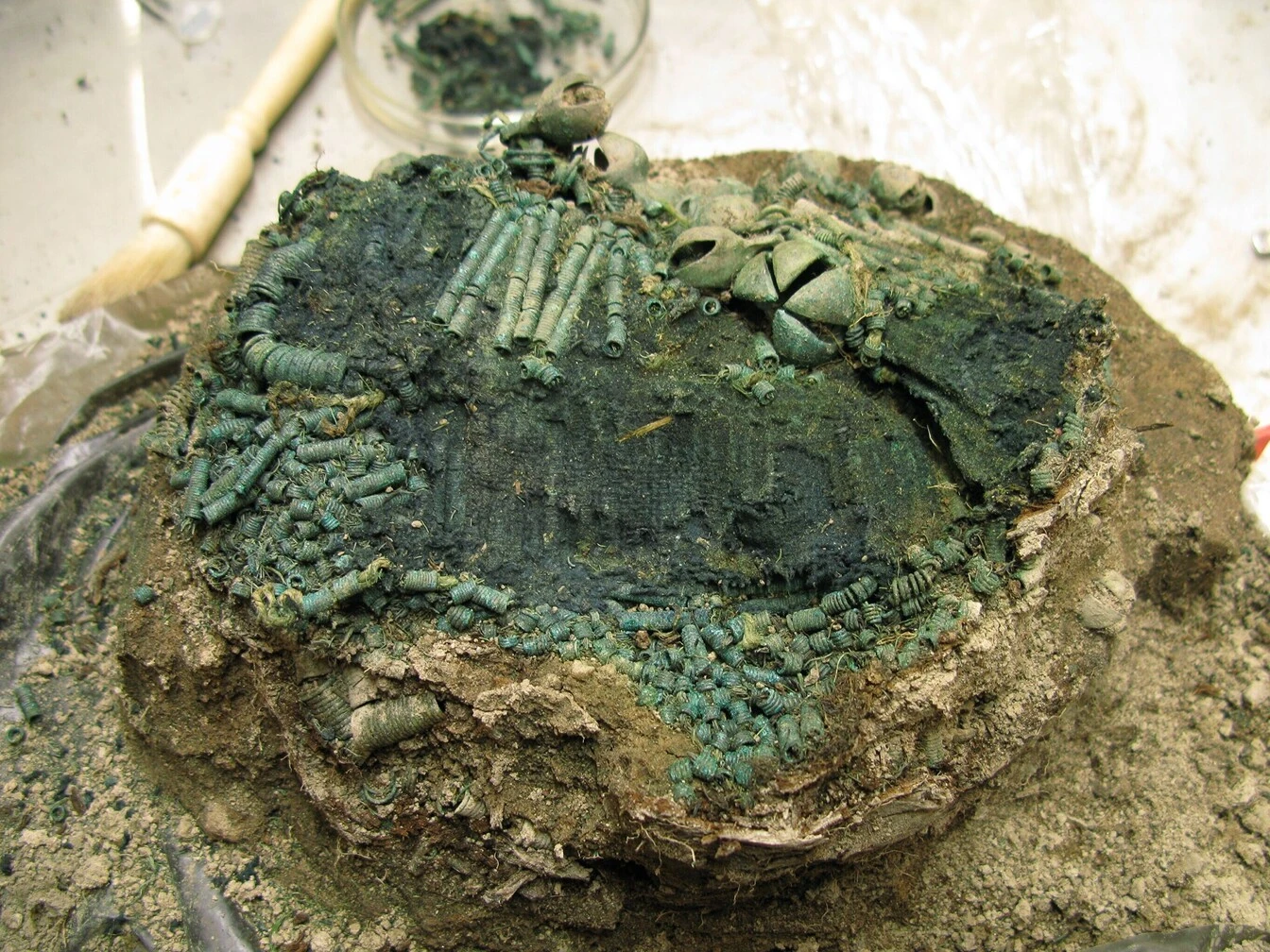
Ever wondered how archaeologists understand our past? Well, there’s more than one way to dig up history. Two popular approaches are Processual vs Post-Processual archaeology. Let’s break down these big words and dive into what they really mean.
What’s Processual Archaeology
In the 1960s, a fresh way of looking at archaeology popped up, called the “New Archaeology” or Processual Archaeology. Think of it as the “science” approach.
Main Ideas:
Scientific Steps: Like experiments in school, archaeologists test their guesses using data.
Predictable Patterns: They believe ancient cultures develop in ways we can anticipate.
Neutral Standpoint: They aim to study the past without personal bias.
Why It’s Cool: By using science-like methods, this approach hopes to find common patterns in how humans behaved in the past.
Post-Processual Archaeology
Fast-forward to the 1980s, some archaeologists felt a change was needed. Thus, Post-Processual archaeology was born. This is more of the “artistic” approach.
Main Ideas:
Personal Touch: They believe it’s okay for archaeologists to have personal interpretations.
Individual Choices: They think it’s crucial to study individual actions, not just broad patterns.
Context is Key: It’s all about the story behind the artifact.
Why It’s Cool: This approach allows for diverse stories and viewpoints about the past, making history richer.
What Sets Them Apart?
Fact vs. Feeling: While Processualists focus on hard data, Post-Processualists consider feelings and interpretations.
How They Study: The first group loves numbers, while the latter prefers stories and descriptions.
One Story or Many?: Processualists aim for one clear story of the past, while Post-Processualists welcome many tales.
Why Should We Care Today?
Mix & Match: Today’s archaeologists often blend both methods, getting a well-rounded view of history.
Fuller Picture: With both facts and stories, we get a colorful and detailed image of ancient times.
Hearing All Voices: Different viewpoints mean stories from all types of people, not just the famous ones.
Any Downsides?
Processual Gripes: Some say it’s too straightforward, missing out on the human touch.
Post-Processual Issues: Critics feel it might be too open-ended, sometimes lacking a firm foundation.
Looking Ahead in Digging Up the Past
With technology advancing, the way we uncover history will keep evolving. Both these methods give us tools and ideas to build upon.
Conclusion
Archaeology isn’t just about old bones and pots; it’s about stories, people, and understanding our roots. Whether through a scientific lens or a storyteller’s perspective, both Processual and Post-Processual methods give us fascinating insights into our shared history. Here’s to more digging and discovering!



